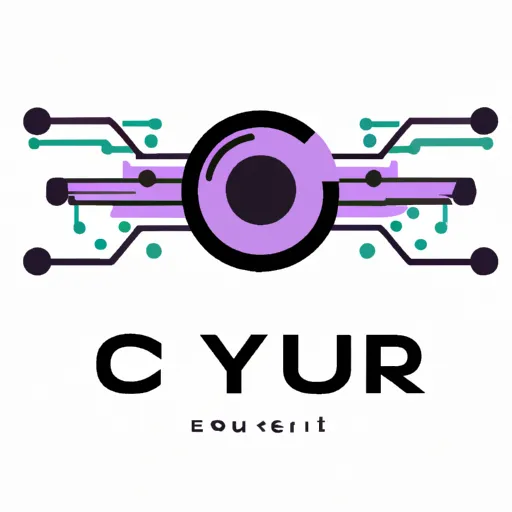
The great history of website design evolution began in the early 1990s when the internet was just gaining momentum and website development was starting to carve out its niche in the market. Over the past 30 years, website design has undergone tremendous changes, from classical aesthetics to cutting-edge futurism.
At the beginning of their journey, web designers used simple and minimalist design elements. They aimed to create websites that loaded quickly and were easy for users to read. The main focus was on readability, so fonts were simple and easily readable.
One of the main features of website design in the 1990s was an emphasis on grid layouts. Web pages were divided into cells to help arrange page elements logically and beautifully. Graphics were simple and often consisted of hyperlinks and buttons. Static images, such as banners and logos, were also popular embellishments for websites.
In the 2000s, the era of dynamic websites began. Instead of static graphics, websites started incorporating animation. Simple icons and buttons transformed into three-dimensional objects that responded to user actions. Animation on hover became a design norm. Flash animations also became popular, adding dynamics and interactivity to websites.
With the advent of mobile devices and tablets, website design changed again. User needs changed, and websites had to be adapted for different screens. Mobile design became a priority for web developers. They created responsive solutions that allowed websites to adapt to any device automatically. This revolutionized website design, and today responsive design is an integral part of creating modern websites.
One of the major trends in the 2010s was flat design. Web designers moved away from voluminous and textured elements in favor of clean and simple forms. Removing unnecessary details improved text readability and site loading speed. Images were simplified, and large typographic elements were used. This trend, initiated by Apple with the release of iOS 7, quickly spread throughout the design community.
Modern futuristic website design is based on bold and unconventional solutions. Bright colors, unusual shapes, and geometric figures are characteristic of futuristic design. Such design can evoke different emotions and associations and is an effective way to capture users' attention to a website.
Interactivity has also become a major design trend. Instead of video clips, websites started to include dynamic and interactive elements, such as animated images, audio effects, and theatrical lighting effects. This new form of user interaction helps create memorable and attractive websites.
Overall, the evolution of website design continues, and its future cannot be precisely predicted. However, with the emergence of new technologies and possibilities, website design is becoming more unique and beautiful. In its development process, website design has moved from simplicity and minimalism to high-tech futurism, and who knows what awaits us in the future.


